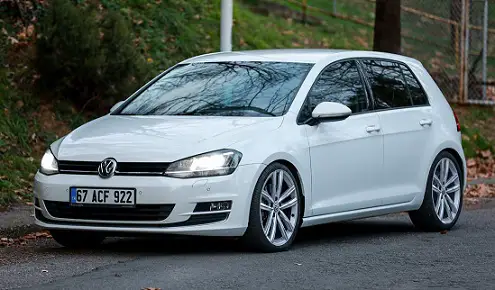Auto giant Volkswagen saw shares slipping following the slashing of its global delivery forecast as it tries to control higher input costs and implement a new strategy in the Chinese market.
Global revenue for the automaker over the first half of the year was 156.3 billion euros, an increase of 18% over one year prior which was driven by, “significantly higher vehicle sales in Europe and North America,” according to the company. At the same time, operating profit dropped 13.9% to 13.8 billion euros over the first half, and although net cash flow was up 7.7%, when looking at just the second quarter, it dropped 71.8%.
The company confirmed the financial outlook for FY 2023, however its global delivery forecast was cut to 9 million to 9.5 million from 9.5 million.
Arno Antlitz, Volkswagen Group CFO and COO, said in a statement, “The focus for the second half is now on strengthening net cash flow. With the launch of performance programs at all brands and our strategic decisions in China, we will improve the competitive position of the Volkswagen Group even further.”
Volkswagen delivered 1.452 million vehicles (a 1.2% decrease from one year prior), over the first half of 2023. However the company did say that the delivery figures spanning from March through May were “significantly up” over the previous year. China is crucial for the company’s performance, accounting for 40% of its sales globally, and half of the company’s profits.
Last year Volkswagen was beaten out for the title of top automaker in China, as Chinese company BYD inched ahead of it. This year, BYD extended its lead over Volkswagen in the second quarter, selling over 595,000 hybrid or fully electric vehicles, compared to VW’s 544,000.
As its dominance of the Chinese market comes under threat, the company has formed a strategic partnership with a domestic Chinese automaker, Xpeng, which will see two new models developed for VW on the mainland. In return, VW will invest $700 million in Xpeng, in return for a 5% stake in the company.
The company did say that supply chain disruptions began to smooth out in the second quarter, although issues such as the shortage of semiconductors, as well as transportation and logistics delays persist. However the company noted it expects to see raw material costs and logistics issues improve in the latter half of the year, as the company will begin to focus on “performance programs,” and boosting efficiencies, as well as cost cutting.
In the earnings statement, the company said, “Prioritizing sustainable profitability over volume growth will enable the group to meet operating margin and cash flow targets.”

